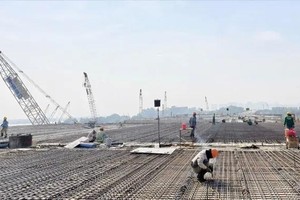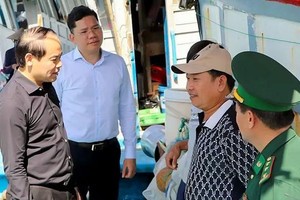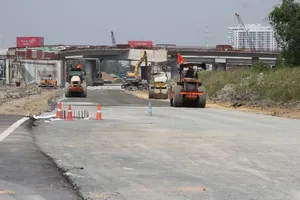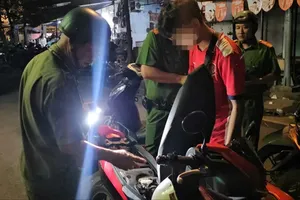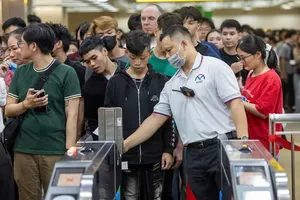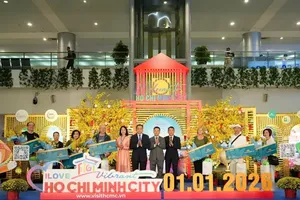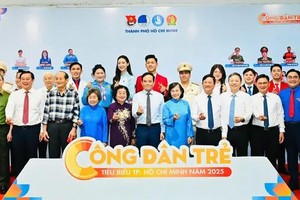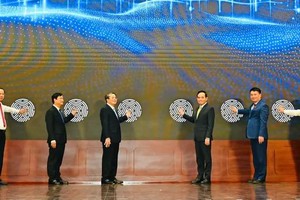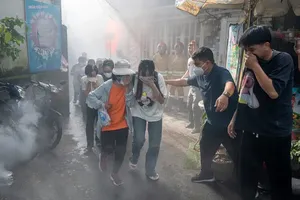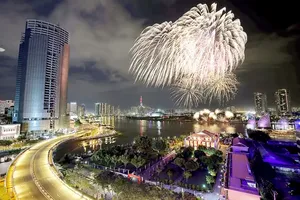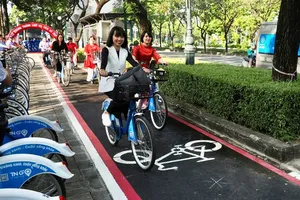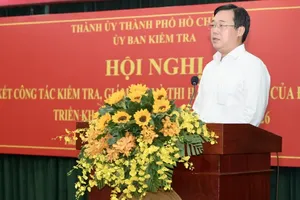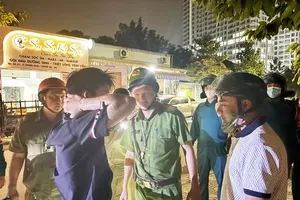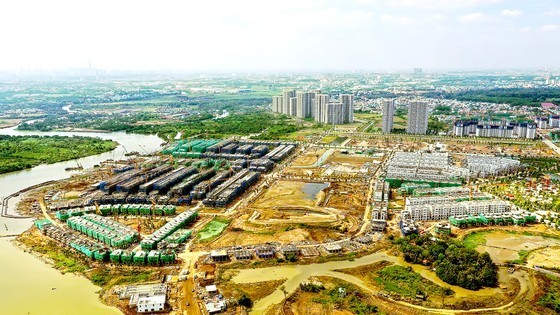 |
Effective as of August 1, 2023, Resolution 98 by the National Assembly about piloting certain specific mechanisms and policies to develop HCMC is a historic milestone to the growth of this city. The expected achievements depend largely on how it is implemented.
As the human resources in HCMC is still rather limited, it is wiser not to cover all 44 mechanisms and policies in the Resolution at once, but to focus on the most feasible at present since the piloting time is short. Any high-impact projects should be prioritized to attract more investors and major corporations.
Dr. Nguyen Dinh Cung then stressed on the four actions of:
_quickly promoting the implementation of infrastructure projects to address traffic congestion, and thus boosting economic growth;
_urgently establishing urban area projects alongside current routes to encourage the growth of the real estate market;
_making good use of new regulations to improve the living standards of civil servants and public employees;
_fostering the construction of cultural works under the Build – Operate – Transfer (BOT) model.
The high priority at the moment, according to Dr. Cung, should be urban traffic projects:
_HCMC Ring Road No.2 with the length of 64km and a total investment of VND12.5 trillion (US$529 million) still has an unfinished section of 14km. Resolution 98 is expected to help HCMC tackle the problems of this project.
_National Highway No.13 has various sections going through crowded residential areas and can only use 4 lanes out of the total 6 lanes.
_The expansion project for Nguyen Tat Thanh Street and construction of Nguyen Khoai Bridge, running under the Build – Transfer (BT) model, can help to ease traffic pressure from HCMC Southern area to the downtown.
Because Resolution 98 allows the pilot of exploiting values of the land resources alongside traffic facilities, the land clearance task can be separated from traffic projects to work under the Transit-Oriented Development (TOD) model. When properly developed, these land lots themselves generate revenues for the related traffic facilities projects.
Dr. Cung mentioned the fear of doing wrong as one of the most troublesome challenges. Some legal regulations are still rather unclear for people to adopt; therefore, a large number of civil servants and public employees would rather be disciplined than be criminally prosecuted.
He proposed that HCMC should ask the Central Government to form a task force to monitor the implementation of Resolution 98 in order to timely handle any possible problems. At present, a similar Regional Council for the Southeast region is on the way of establishment. This council can receive some suggestions and reports and then either deliver corresponding directions to address arisen issues or urgently ask higher-level units for instructions.
HCMC should also organize a specialized, independent apparatus to work non-stop for the adoption of Resolution 98. This apparatus should include professional human resources like businesspeople and researchers alongside civil servants and public employees.
One extremely important point is to propagandize the thinking that to successfully carry out Resolution 98, HCMC needs to cooperate with central state agencies and ministries as well as neighboring provinces with the same development level such as Binh Duong, Dong Nai, and Ba Ria – Vung Tau. These provinces themselves should also have their own specific mechanisms and policies.
Another critical point in Resolution 98 is the evaluation for the success of implementation via how much the living standards of city dwellers have changed and how satisfied they are to the local authorities, as stipulated in Clause 6 of Article 4 that HCMC People’s Council and People’s Committee are responsible to use their power to ensure the harmony between citizen rights and legal interests.
Dr. Cung concluded with the hope of seeing an increase in the Happy Planet Index (HPI) of HCMC after adopting Resolution 98, when life is safer and more stable and traffic is smoother.
